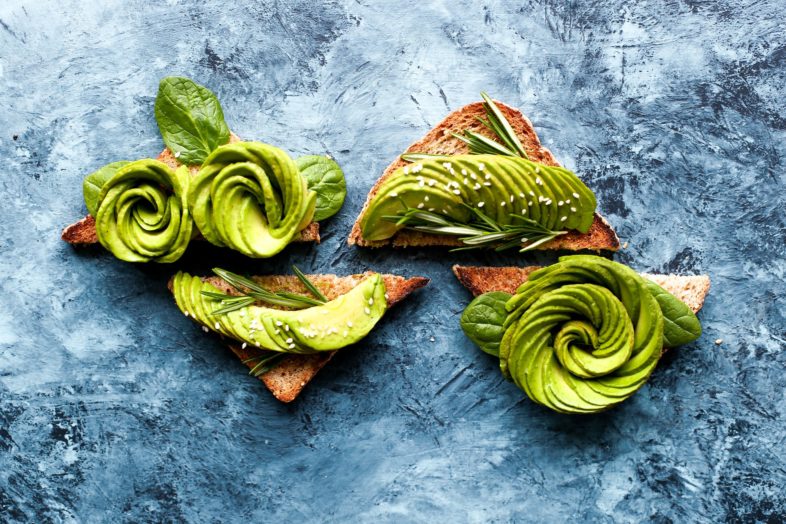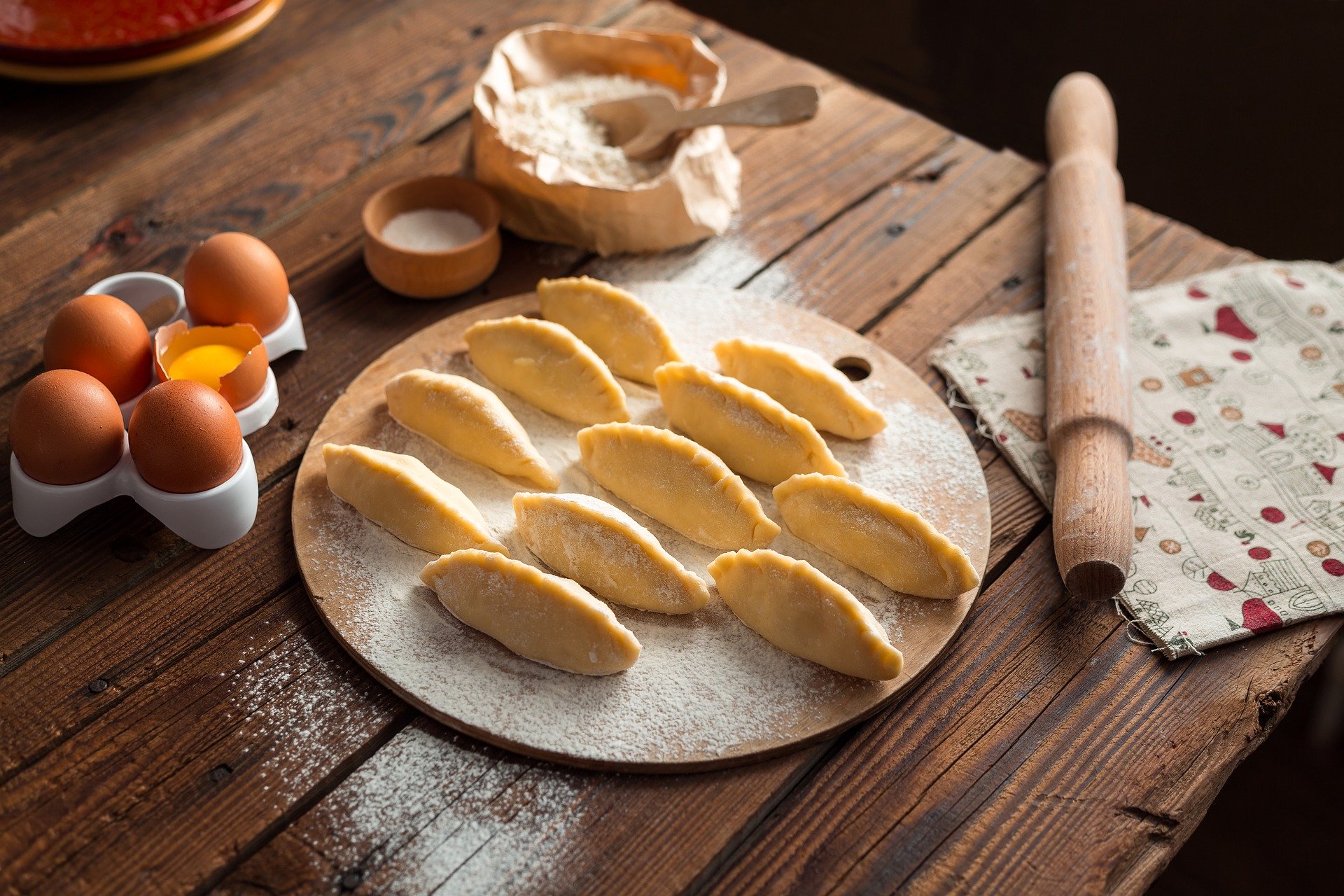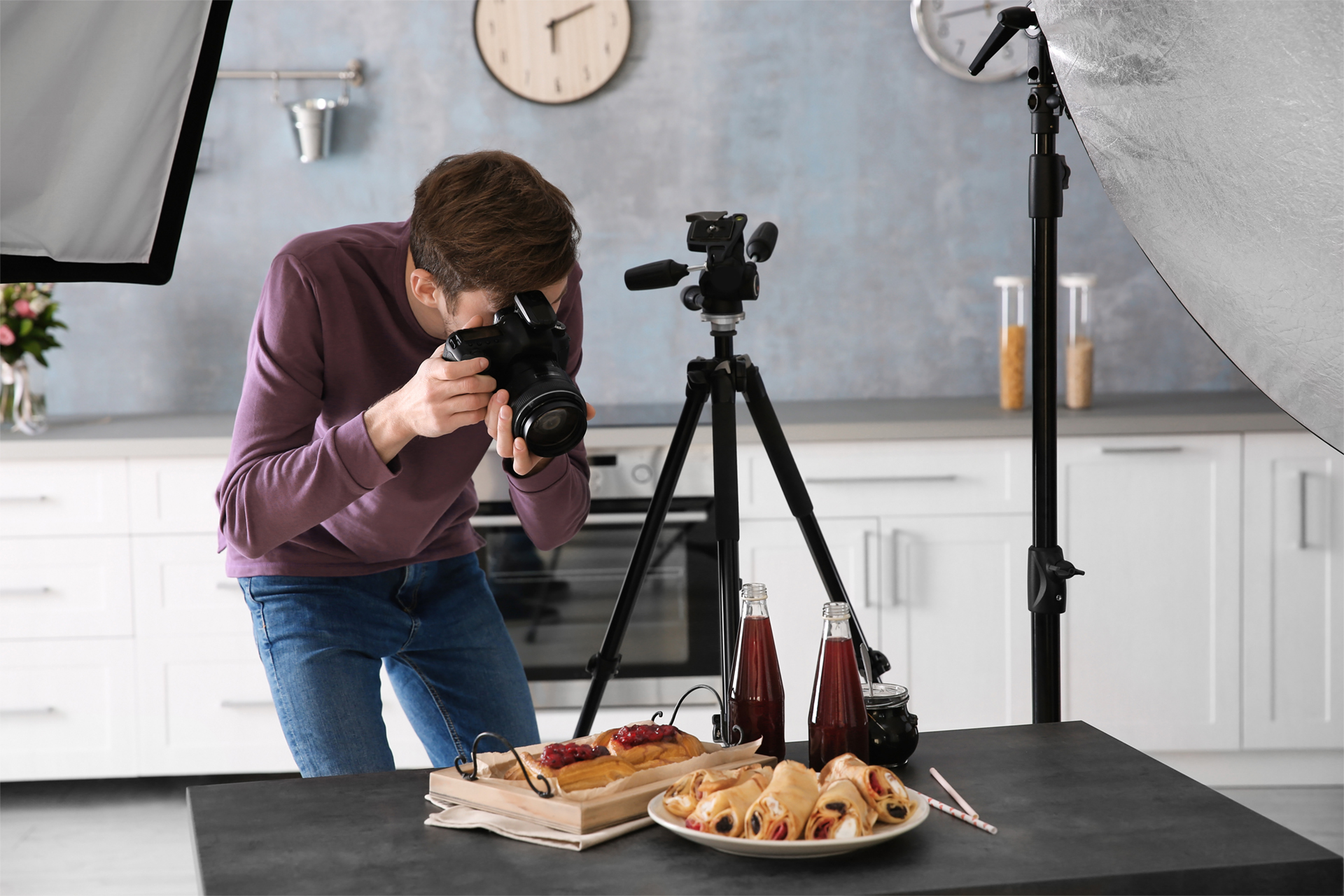We are being constantly bombarded with photographs since quite a while now. Nevertheless, there is one subject in those photographs that takes a huge place on the visual spectrum. All products benefit from, there is no doubt about it. But food is the one that benefits the most from it. Good looks are absolutely crucial when it comes to food photography, and today we are going to talk about some things that you should know before photographing food.
It is hard to pin-point when food photography became so massive, but we are sure that social media has a lot to do with it. Prior to that, food photography was exclusively held by advertisement companies, which kept food-styling techniques more secretively than nuclear codes. After some of this information was given to the public, people started demanding more sincere and honest marketing practices. Food-styling is still around but is more sophisticated than before because it now aims to capture food in its natural and more edible state.
Before we get to the considerations, it is important to know why food photography matters so much. We have a vast amount of food businesses rising every day, from food-trucks to small bakeries, from boutique restaurants to BBQ masters, from artisan breweries to detox juice-bars. Spotting that, there is undoubtedly a huge opportunity there for someone who wants to specialize in a photography genre. Being a factotum photographer nowadays isn’t a wise call, you need to be able to stick to a genre and develop it consistently through time. Food photography happens under “controlled” situations and is very open to styled related enhancements.

Be Passionate
No kidding? Yup, we know that this one is highly obvious, but hold it down for a second. You need to be as passionate with light as your clients are intense for their food. You need to be able to cope with the looks with the flavors. Cooks are always concerned about the flavor more than the looks, and you will be focused exactly in the opposite direction, so be careful, you need to be able to balance the two. Contemporary cooks have more to do with artists than you would imagine, they have structured and complex ideas that build up their entire restaurant concepts, so you need to pay close attention in order to truly understand the soul behind their dishes. If you are able to understand a creative concept, then you’ll have the advantage over other photographers that are trying to build a food photography style.
Food Visuals aren’t New
Still-life isn’t new either, and one of the main themes of it was (and still is) food. We can learn a lot of the dark and moody light that those paintings had in order to make a more compelling and easier to crave food photography. Therefore, there is a huge legacy behind us that could help us in getting better food photography ideas. Revisiting the past is always a nice way of innovating in the future.

The Organic Look
Way before the rise of social media, food photography was aimed in a baroque direction, focused on idealized conceptions of food and flavor. Nowadays the organic and even raw look is more pleasing for us. Food is responding nowadays more to a moodier narrative, which results in a pretty realistic visual experience. This reduces the huge gap between reality and expectations of big-name billboards which spend serious amounts of money in their ads.
Food Photography ≠ Food Style
One of the main problems one encounter as a newcomer to food photography is the fact that food styling and food photography are completely different disciplines, and each has their own secrets. Food stylers have developed plenty of knowledge about food make-up and how to make food last longer during a photoshoot. Food photographers, on the other hand, have to develop more graphic design related skills in order to assembly aesthetic looking plates.
Chefs won’t do Their Photos
Well, of course, they can do them, but there is a high chance that creative cooks would like to have a professional photographer capturing their creations than themselves. At least they start considering that way of doing things after some failed attempts. Trust us, food photography has its tricks, but it is a nice genre to work with. Serious chefs are aware of the complexity behind making a dish look good, just like they know that designing their dishes isn’t an easy thing to do. There is profound mutual respect between creatives that should be exploited more these days.

You Need to Understand Light
Everything in photography is about light, and food isn’t an exception to this rule. Light enables food photographers to enhance or flatten out textures, depending on the visual intentions of the concept that the chefs handle. In cultural terms, we can say that there are some dishes with a strong relationship with feelings and emotions that span between the nostalgic and the outrageous. Your lighting decisions should correspond and even comply with those highly expected feelings that are embedded in people’s minds. It doesn’t matter if you are shooting with a phone, a point, and shoot camera, a chunky DSLR or a mirrorless camera system. Even an analog film camera can work, what really matters in food photography is composition and lighting decisions.
Have a Visual Script for Preparing the Food
This one is being bored from the conceptualization process, a fundamental element in artistic photography. Even if you are not creating a fine art piece, this should be considered. Start jotting down some ideas, make some sketches, decide composition on paper, think wisely about the color pallet that will hold your photographs together, etc. This isn’t a precise recipe, and there aren’t perfectly designed step-by-step guides either. You need to start doing things in a systematized way so you can reduce improvisations during the food photography session. Designing the plate on paper (or a pdf file) will guarantee you a higher degree of control during the shoot.
Some Nice & Easy to Perform Tips and Tricks
Here is a brief list of easy things that you could start doing today in order to capture better food photographs.
We hope that this brief list of things to consider and tips will inspire you into making better food photographs. Remember that beyond technique, graphic design skills will help you out into producing more pleasant compositions and food arrangements. Understanding light will help you out into making your dishes talk for themselves. Food photography isn’t easy, and by now we are sure that you know this better. Practice daily, and above all, enjoy it. Do what you love, and love what you do!
Related Online Photography Courses